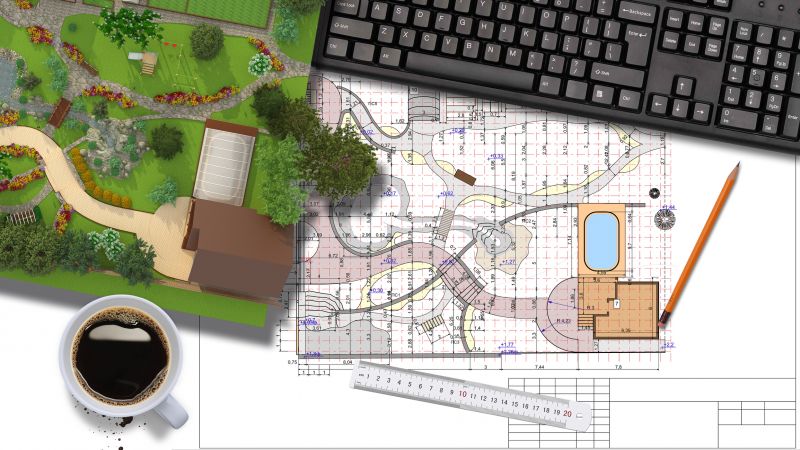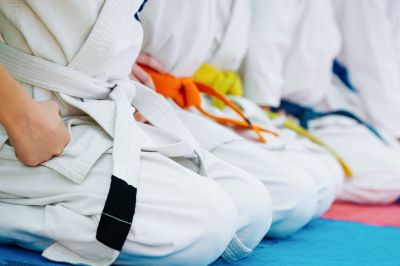Optimal Timing for Skill Assessments
Many dojos schedule gradings at the end of training cycles, often aligning with seasonal breaks or after intensive training periods.
Gradings should be scheduled when students demonstrate consistent skill mastery and confidence in techniques.
Timing also depends on instructor schedules to ensure proper evaluation and feedback during the grading process.
Allow sufficient time for students to prepare, especially after new techniques are introduced or before major competitions.

Practitioners performing techniques during a grading assessment.

Students practicing under instructor supervision prior to grading.

Instructor observing techniques during a grading test.

Ways to make Gradings work in tight or awkward layouts.

Popular materials for Gradings and why they hold up over time.

Simple add-ons that improve Gradings without blowing the budget.

High-end options that actually feel worth it for Gradings.

Finishes and colors that play nicely with Gradings.
| Factor | Optimal Timing Consideration |
|---|---|
| Skill Development | Schedule after consistent skill mastery |
| Instructor Availability | Align with instructor’s calendar |
| Seasonal Cycles | End of training cycles or seasons |
| Student Readiness | When students demonstrate confidence |
| Community Events | Before or after tournaments |
Gradings serve as a milestone for practitioners to assess their progress and set future goals. Regular assessments can motivate continued training and skill improvement. Proper timing ensures that evaluations are fair, comprehensive, and beneficial for both students and instructors.

A student receives a new belt after successful grading.

Students practicing techniques together before a grading.

Instructor providing feedback during a grading.

Formal belt presentation at the end of a grading.

Little measurements that prevent headaches on Gradings day.

A 60-second routine that keeps Gradings looking new.

A frequent mistake in Gradings and how to dodge it.

Small tweaks to make Gradings safer and easier to use.
Scheduling gradings at appropriate times enhances the learning experience and encourages continuous progress. It is important for practitioners to stay consistent in their training and communicate with instructors to determine the best timing for assessments.
Interested in scheduling a grading? Fill out the contact form to discuss available options and suitable timing for assessments.

